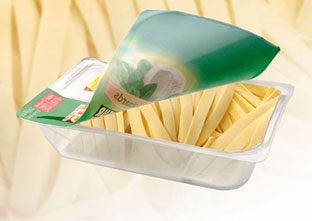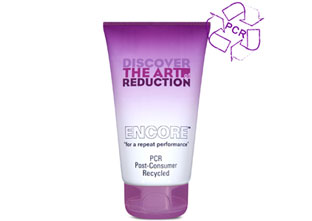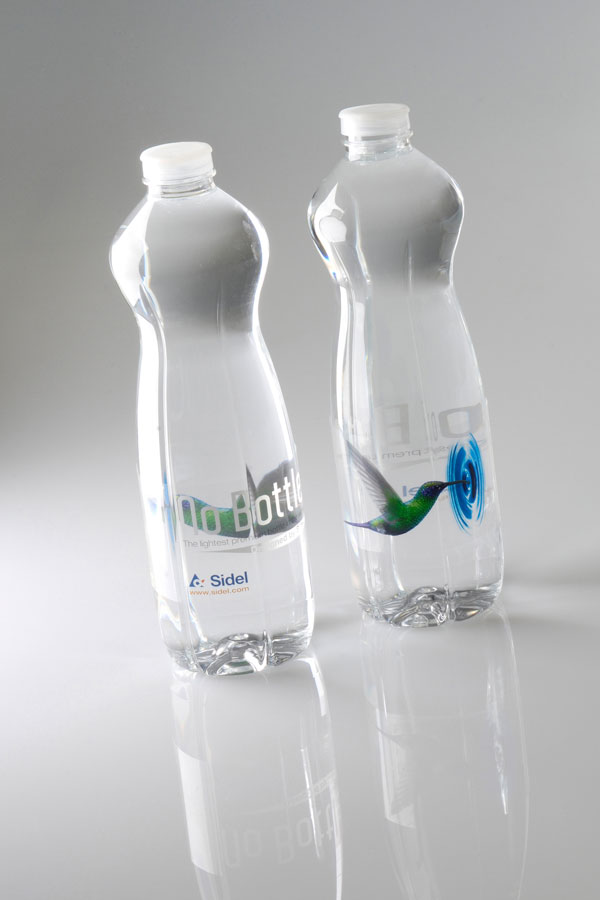
Packaging on a green diet!
In the era of ecodesign
For some years now, ecodesign has formed an integral part of the specifications of packaging manufacturers. To move towards sustainable development, they are mainly exploring two approaches: reduction at source; and the design of easily recyclable packaging. The first approach is based especially on making packaging lighter, it is well known that plastic is very interesting from this point of view, and limiting the volume - because reducing the amount of packaging means less raw materials, less of an impact on the environment and less waste.
In more concrete terms, a plastic water bottle top weighed 3.1 g twenty years ago and today it weighs just 1.8 g. A precooked meal tray weighed 40 g as opposed to the 23 g now, a water bottle was also 40 g compared to 25 g today…

 The second approach takes into account, as a prerequisite, of the end of life of the packaging and more efficient use from the environmental point of view. It is the life cycle assessment which determines the best option for the end of life of packaging: reuse, recycling or energy recovery (see box).
The second approach takes into account, as a prerequisite, of the end of life of the packaging and more efficient use from the environmental point of view. It is the life cycle assessment which determines the best option for the end of life of packaging: reuse, recycling or energy recovery (see box).
 As in all the other sectors, ecodesign is a priority in cosmetics, as Albéa reveal: “This is a strong trend in our sector, particularly for brands which make sustainable development a feature of their product range: Natura (Brazil), Occitan (France) etc. In this field we have been working for many years on lighter and lighter new-generation packaging using recycled materials (PCR). More and more brands are moving towards this type of packaging today. For us, therefore, the challenge consists in designing packaging with a minimum environmental footprint whilst ensuring the protection of formulas and the quality of the presentation. We should underline that the commitment to sustainable development must go beyond working on ecodesign.
As in all the other sectors, ecodesign is a priority in cosmetics, as Albéa reveal: “This is a strong trend in our sector, particularly for brands which make sustainable development a feature of their product range: Natura (Brazil), Occitan (France) etc. In this field we have been working for many years on lighter and lighter new-generation packaging using recycled materials (PCR). More and more brands are moving towards this type of packaging today. For us, therefore, the challenge consists in designing packaging with a minimum environmental footprint whilst ensuring the protection of formulas and the quality of the presentation. We should underline that the commitment to sustainable development must go beyond working on ecodesign.
The environmental impact of the production tool, through energy or transport savings, becomes just as important an issue. That is why we measure the impact of each stage in the life of the product. All players in the world of plastics and the whole logistic chain are concerned.”
LCA or life cycle assessment
LCA, also known as life cycle analysis, is the most accomplished tool in the global and multiple-criteria assessment of environmental impacts: it consists of a global analysis of the environmental impacts of a product throughout its life cycle, from the extraction of raw materials to the final processing of waste.
(Copyright: Sidel)

MORE INFORMATION
www.elipso.org
www.sealedair.com
www.albea-group.com





